1. Hopscotch Championships
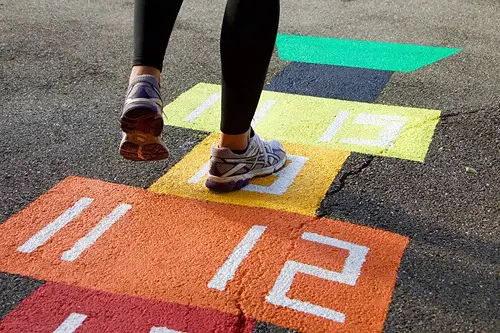
Hopscotch wasn’t just a playground game—it had entire tournaments across cities and schools in the 1930s and ’40s. Chalk patterns sprawled across sidewalks and driveways became arenas for friendly competition. Children measured their agility and balance while chanting rhythmic rhymes, making it a mix of athleticism and creativity. Its decline coincided with the rise of structured sports leagues and indoor entertainment.
The game was universal, requiring no special equipment, and encouraged kids to spend hours outdoors. Hopscotch also promoted counting skills and social interaction in a way video games couldn’t. Adults sometimes reminisced and joined in, further cementing its place in community culture. Today, it survives mostly in nostalgic playgrounds and summer camp activities.
2. Roller Skating Rinks
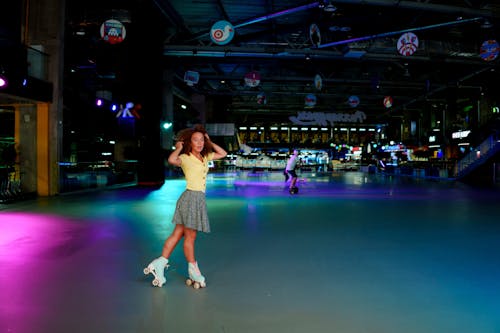
Remember the time when every town seemed to have a roller skating rink, and Friday nights were packed with kids in neon socks gliding to disco hits? Roller skating wasn’t just a pastime; it was a national craze in the 1970s and early ’80s. Communities would organize competitions, and even malls had rinks to attract weekend crowds. It was social, athletic, and undeniably fun, but the rise of video games and other indoor entertainment pushed it to the sidelines.
At its peak, roller skating influenced fashion, music, and even pop culture, with movies and TV shows celebrating the sport. Local leagues sprang up, giving teenagers a place to meet and compete. The rhythmic swish of wheels on polished floors became synonymous with carefree summer nights. Today, it survives mostly in nostalgia-driven events and boutique roller rinks.
3. Drive-In Movie Theaters
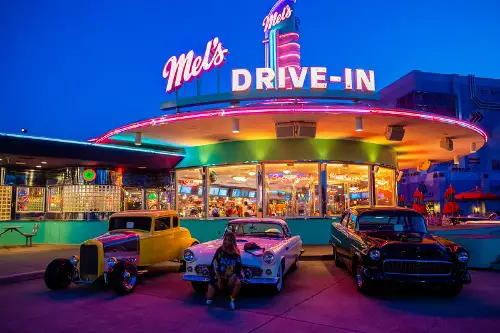
Drive-in theaters were the ultimate summer escape, offering families a night out without the need for babysitters or formal dress codes. They reached their peak in the 1950s and ’60s, becoming a cultural icon of Americana. Cars would line up in neat rows under the stars, speakers perched outside windows, as audiences shared popcorn and sodas. Their decline came with real estate development and the rise of home entertainment systems.
Yet, there was something uniquely charming about watching a film while sitting in your car surrounded by your neighbors. Kids could play in the parking lot while adults watched the latest blockbuster. It created a casual, communal atmosphere unlike any indoor cinema. Even today, some drive-ins see resurgence as retro summer experiences.
4. Water Balloon Fights
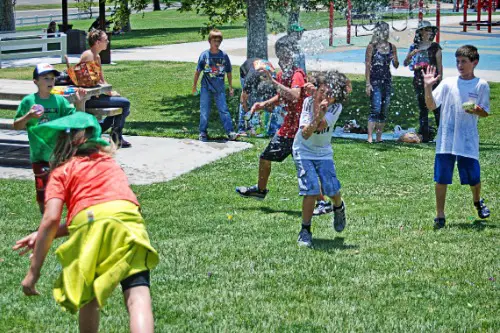
Long before slip-and-slide mats dominated backyards, water balloon fights were the pinnacle of summer fun. Neighborhood kids would stockpile balloons and strategize ambushes in alleyways and parks. It was simple, cheap, and guaranteed to leave everyone laughing drenched. Communities even held tournaments, turning spontaneous chaos into competitive sport.
Water balloons encouraged creativity and cooperation, as kids would make barricades and form alliances. They also provided relief from the summer heat in an incredibly satisfying way. Adults sometimes joined in, adding to the hilarity and nostalgia. Despite their popularity, rising safety concerns and cleanup issues made them less common in organized settings.
5. Ice Cream Socials
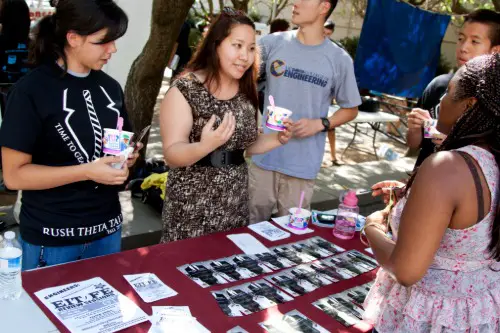
Ice cream socials were once a staple of summer weekends, often hosted by schools, churches, and civic organizations. They combined sweet treats with community bonding, drawing neighbors together for games and conversation. In the early 20th century, towns would compete for the largest or most elaborate social, with local chefs showing off frozen creations. The tradition waned with the rise of fast-food chains and more individualized socializing habits.
These events were about more than dessert—they were a celebration of local life and seasonal leisure. Children would compete in sack races while adults chatted under the shade of trees. Ice cream socials offered a rare opportunity to interact without screens or schedules. They remain a nostalgic symbol of communal summer joy.
6. Amateur Radio Clubs
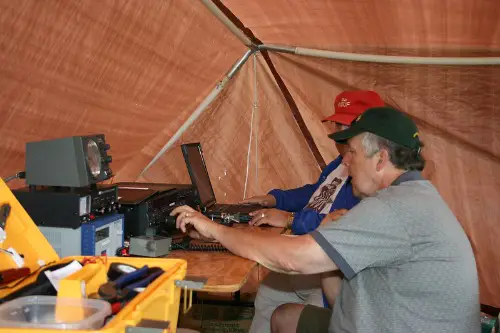
Before smartphones, amateur radio—or “ham radio”—was a major summer hobby, especially for teenagers. Clubs would organize sessions where participants communicated across cities or even countries. It was educational, technical, and exciting, giving young people a sense of global connection. With the rise of internet communication, interest in these clubs significantly diminished.
Summer programs often included competitions and emergency drills, teaching valuable skills in electronics and communication. Participants had to learn patience, precision, and etiquette, making it both a hobby and a training ground. For many, the thrill of hearing a distant voice crackle through the static was unmatched. Today, it survives mostly among dedicated enthusiasts and niche hobbyists.
7. Paper Boat Races
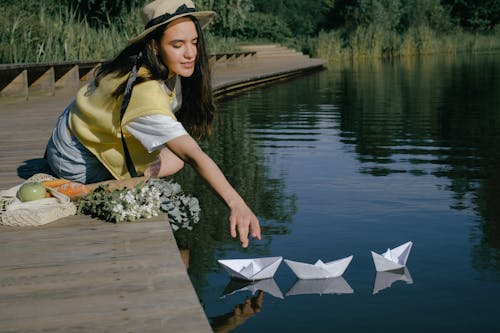
Folding paper boats and racing them down gutters or streams was once a common summer pastime for children in urban and rural areas alike. This low-cost activity combined craft skills with friendly competition. Neighborhoods would organize races during rainy days or after sprinklers, and winners often received small prizes or bragging rights. The simplicity and accessibility made it a beloved seasonal tradition.
Paper boat races encouraged creativity, as kids experimented with folds and designs to make their boats float faster or longer. The activity promoted outdoor play and ingenuity without requiring expensive toys. Families often joined in, turning puddles into shared playgrounds. Modern distractions have largely replaced this quiet, imaginative game.
8. Sidewalk Chalk Art Festivals
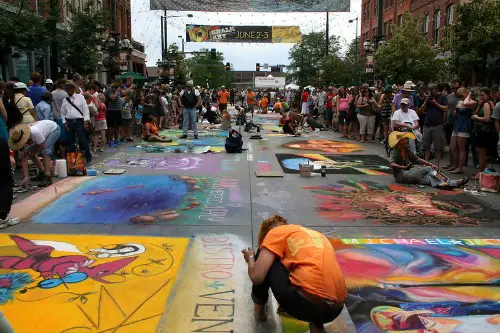
Sidewalk chalk wasn’t just for doodling—it had whole summer events dedicated to artistic expression. Cities and communities hosted competitions where participants created intricate, temporary masterpieces on streets and sidewalks. The ephemeral nature made it both challenging and magical, as artists had to embrace impermanence. Today, it survives sporadically in arts programs or local fairs.
Children and adults alike would participate, often guided by themes or local folklore. These festivals encouraged creativity, collaboration, and community pride. Spectators would wander the streets, marveling at colorful, temporary murals. The fading chalk artwork became a shared memory, a fleeting celebration of summer.
9. Swimming Pool Diving Contests
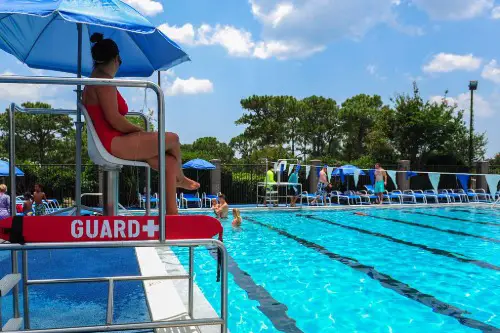
Competitive diving from backyard or community pools was a national pastime in the mid-20th century. Local competitions allowed kids to show off flips, cannonballs, and dives for bragging rights. Judges often included family and neighbors, making every splash a mini performance. Over time, liability concerns and indoor water parks replaced casual diving contests.
These contests encouraged athleticism, confidence, and a sense of friendly rivalry. Swimming skills were central to summer fun, and diving added an extra thrill. Communities would gather to cheer on participants, creating a festive atmosphere. Today, competitive diving persists only in organized swimming clubs.
10. Tree Climbing Competitions
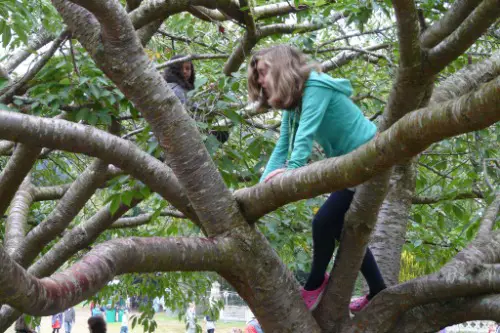
Tree climbing was more than a childhood challenge; it became organized in some regions as a test of strength and agility. Summer programs would award prizes for height reached or creative maneuvers. It fostered courage, coordination, and outdoor exploration. Liability concerns and urbanization largely ended this pastime as a national phenomenon.
These competitions were also about discovering hidden spaces and imagining adventures. Kids learned patience and problem-solving while scaling trunks and branches. Communities celebrated ingenuity, and climbing trees became a rite of passage. Now, it mostly exists in nature camps or private backyards.
11. Cornhole Leagues
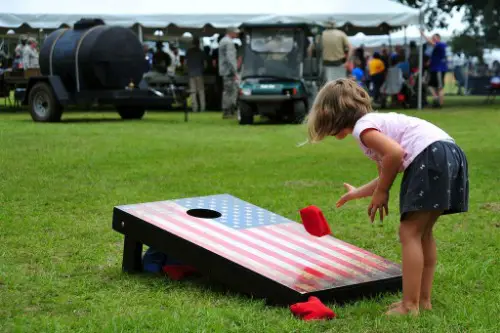
Before cornhole became a tailgate or backyard game fad in the 2000s, some towns had summer leagues dedicated to the beanbag toss. Matches were social events, combining casual competition with local camaraderie. Players would gather weekly, often with homemade boards and painted beanbags. It faded from national attention before resurging decades later.
Cornhole was simple to learn but surprisingly strategic, encouraging teamwork and friendly banter. It could be played in yards, parks, or even streets, making it accessible to nearly everyone. Summer evenings filled with laughter and light competition were a staple of community life. Its temporary disappearance shows how trends ebb and flow over time.
12. Soda Fountain Hangouts
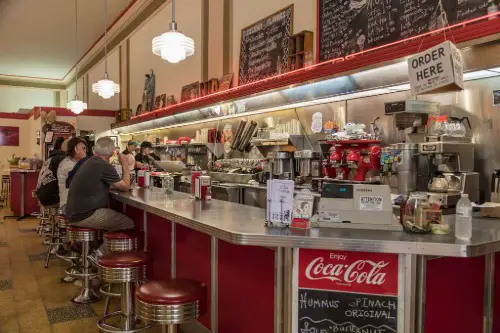
Soda fountains weren’t just a place to get ice cream floats—they were social hubs for teenagers and families. In the 1940s and ’50s, summer afternoons were often spent sipping root beer or cherry soda at local counters. Teenagers would gather for gossip, games, and first dates. The rise of fast-food chains and malls gradually replaced these charming hangouts.
These spots fostered a sense of belonging and community for young people. Soda fountains were central to fashion, music, and pop culture, with jukeboxes adding ambiance. They offered a safe, affordable, and fun place to socialize during long summer days. Today, vintage-style soda shops occasionally revive the tradition for nostalgia.
13. Kite Festivals
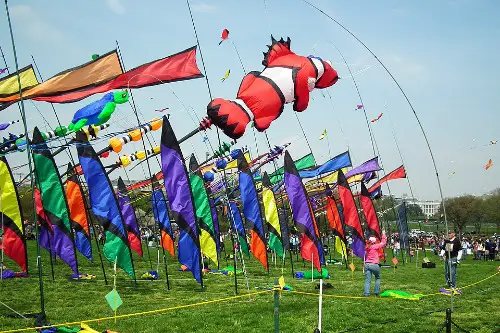
Kite flying was once a summer obsession, culminating in large, organized festivals. Communities would compete for the highest, most creative, or largest kites. It combined skill, creativity, and a bit of luck with the wind. The hobby persists, but large-scale kite festivals are rarer and less mainstream than in the mid-20th century.
Kites encouraged outdoor activity, cooperation, and imaginative design. Families often spent days crafting kites before the event, sharing traditions across generations. Flying a colorful kite became a symbol of carefree summer days. The visual spectacle of dozens of kites in the sky created communal joy that’s hard to replicate today.
This post 13 Forgotten Summer Activities That Were Once National Obsessions was first published on American Charm.


